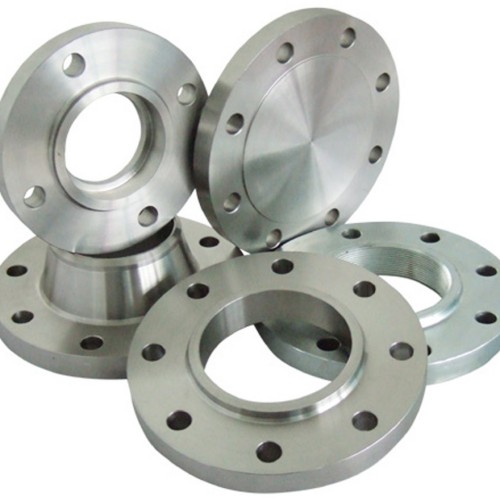remote actuated ball valve
Remote Actuated Ball Valves Revolutionizing Fluid Control
In the realm of fluid control systems, the development of remote actuated ball valves has significantly transformed the efficiency, reliability, and safety of industrial processes. These valves serve as critical components in a variety of applications, ranging from water supply systems to oil and gas pipelines. As industries evolve and demands for automation increase, remote actuated ball valves emerge as a key solution for modern fluid handling.
What is a Remote Actuated Ball Valve?
A ball valve is a type of quarter-turn valve that controls the flow of fluid through a spherical disc (the ball) with a hole through its center. When the valve is open, the hole aligns with the flow direction, allowing fluid to pass through. When closed, the ball turns 90 degrees, blocking the flow. Remote actuation further enhances this simplicity by allowing the valve to be opened or closed from a distance, typically via electric, pneumatic, or hydraulic actuators.
These actuators provide operators the ability to control the valve without direct manual intervention, which minimizes the need for on-site presence, promotes safety, and enhances operational efficiency.
Key Benefits of Remote Actuated Ball Valves
1. Improved Safety One of the foremost advantages of remote actuated ball valves is the enhanced safety they offer. In industries where hazardous fluids are in use, having the ability to operate valves from a safe distance reduces the risk of exposure to toxic or flammable substances. Remote actuation also facilitates quicker responses to emergencies, as operators can shut off fluid flow without needing to be physically present near the valve.
2. Increased Efficiency The automation of valve operation leads to streamlined processes. With the integration of remote actuation, companies can achieve better control over fluid dynamics, resulting in optimized system performance. This efficiency is particularly beneficial in large-scale operations where manual intervention is not only time-consuming but can also be prone to human error.
remote actuated ball valve

3. Cost Savings Although the initial investment in remote actuated ball valves might be higher compared to traditional valves, the long-term savings can be significant. Reduced labor costs, lower maintenance requirements, and decreased downtime contribute to an overall reduction in operational expenses. Furthermore, increased lifespan and reliability of these valves mean less frequent replacements and repairs.
4. Integration with Smart Technology Many modern remote actuated ball valves are compatible with advanced monitoring and control systems. This integration supports the use of IoT (Internet of Things) technologies, allowing for real-time data collection and analysis. Operators can monitor the status of valves remotely, detecting issues before they escalate into significant problems, thus enhancing preventive maintenance strategies.
5. Versatility Remote actuated ball valves are used across various industries including oil and gas, water treatment, pharmaceuticals, and manufacturing. Their versatility makes them suitable for a wide range of fluids, whether they are corrosive, viscous, or involve gas and liquid mixtures. This adaptability is crucial for companies operating in diverse environments.
Challenges and Considerations
Despite their numerous advantages, the implementation of remote actuated ball valves does come with challenges. The complexity of installation and integration with existing systems may require significant upfront planning and investment. Additionally, the reliance on actuators necessitates a strong understanding of the electrical and mechanical components involved, which may result in a need for specialized training for personnel.
Moreover, regular maintenance of the actuator systems is essential to prevent failures that could disrupt operations. Ensuring the actuators are protected from environmental factors that could cause wear or damage is vital for maintaining valve integrity over time.
Conclusion
Remote actuated ball valves represent a significant advancement in fluid control technology, offering benefits that far outweigh the challenges when properly implemented. By embracing these innovative solutions, industries can enhance safety, improve operational efficiency, and realize substantial cost savings. As technology continues to evolve, the future of remote actuated ball valves looks promising, paving the way for smarter, more automated fluid control systems that will shape the next generation of industrial processes. With ongoing advancements in actuator technologies and integration capabilities, the potential applications are limitless, making them an indispensable part of the modern engineering landscape.
-
3-types-of-check-valves-maintenance-tipsNewsAug.23,2025
-
ball-valves-types-with-trunnion-mounted-designNewsAug.23,2025
-
butterfly-valve-company-production-capabilitiesNewsAug.23,2025
-
fisher-globe-valve-technical-specificationsNewsAug.23,2025
-
types-of-gaskets-for-flanges-selection-guideNewsAug.23,2025
-
wedge-gate-valve-suppliers-quality-standardsNewsAug.23,2025
-
Breakthrough in Domestic Low Temperature Valve Technology in ChinaNewsAug.18,2025




